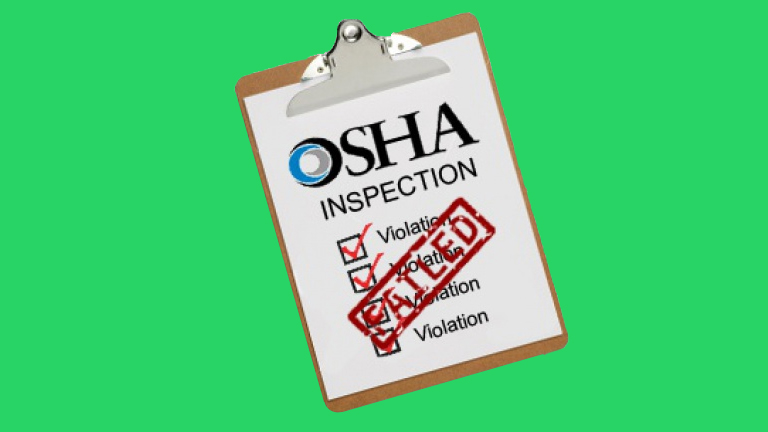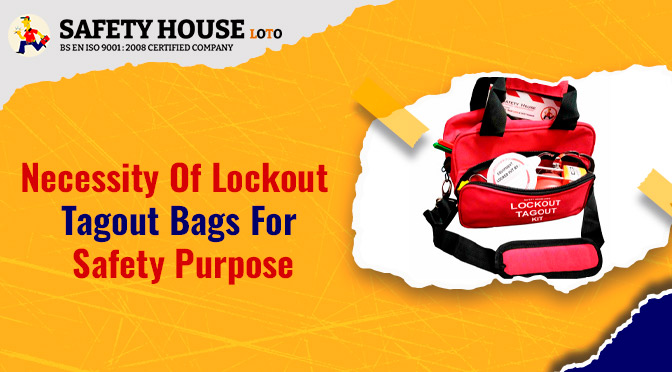Are New Solar Panel Fasteners Better Than Traditional Mounting Systems?
As the solar energy industry expands, new products are being introduced and consumer confusion rises. Installation contractors and retailers often wonder which solar panel fastener systems to recommend – the newly design fasteners or traditional mounting systems. Which provide maximum reliability and minimum maintenance? And how does this choice affect price?
Differences Between the Various Solar Panel Fasteners
Professional installers tend to favor one type of solar panel fastening system. Flush brackets are used for smaller PV panels, with end brackets or clips made from aluminum or stainless steel. Installers that deal with larger panels or PV panel arrays opt for a roof-ground mounting system using racking and adjustable mounts.
This type of traditional mounting allows the panels to be tilted, catching more sunlight. Racking, mounts and blocks also allow airspace underneath the panels to increase performance and longevity.
Newly designed solar panel mounting systems are often designed as a single unit made of various components and pre-assembled before hitting the shelves (or the contractor’s truck). Many of the most modern solar panel fastening systems are made from robust plastic, high-tech blends that resist extreme temperatures and provide a light-weight solution for roof-mounted panel systems.
While traditional solar panel fasteners come as individual components that piece together on the jobsite, newer designs often combine multiple fastening options in one unit, allowing the contractors to make the best call onsite. Adaptors are used for metal roofing applications, and rapid height adjustments help contractors improve efficiency levels.
Essential Characteristics
Both types of solar panel mounting systems have advantages and disadvantages, although you’ll need to look for certain characteristics to ensure a quality fit.
Always choose a lightweight material that offers superior corrosion protection. Galvanized steel will rust after only a few years, and other metals can create issues with weight and structural support.
One-piece mounting systems should have a large contact surface with the rack below. This provides optimum stability and distributes load, resulting in less damage to the building envelope. Mounting brackets in any system should have wide bases, and racking systems should be designed to distribute load, using washers and extended bases where necessary.
The verdict is still out on this argument. It’s up to consumers and contractors to decide if newly designed solar panel fasteners are better than traditional mounting systems. Talk to local experts and do your research before investing in a solar energy system for your home.




